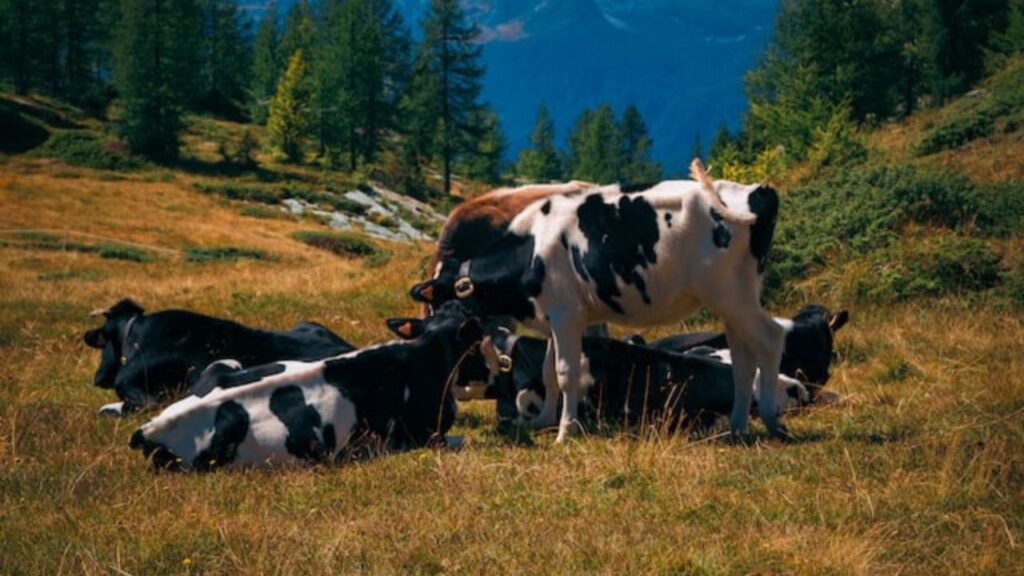Is purchasing one fourth Cow worthwhile?

Large pets, such as for instance cows, in many cases are offered by the quarter, half, or entire by farmers.
This is a “custom sale,” plus neighbor hood farmer has offered the go-ahead for direct selling.
Legally, with regards to the state, this could mean that you might be buying a “cow share” in the place of specific, specific cuts. Theoretically, you might be buying an animal “on the hoof,” whilst it continues to be alive and before a butcher can process it.
Farmers generally speaking require a deposit before agreeing to harvest the cow to get instructions for a Cow Share. A Farmer may consequently keep an eye on customer instructions, handle their stock, and coordinate processing times with a butcher.
Your Cow Share is “weighed” following the cow is harvested (also referred to as “hanging weight”) prior to it being ready into specific pieces.
A quarter cow might between 160 and 225 LBs in fat (with regards to the age, type, and feed). Your expense for that share could be between $800 and $1125 in the event that hanging fat cost had been $5/LB. You could expect your cow share become split, packed, labeled, and frozen.
You may be enthusiastic about:
Cheapest Groceries List: 47 inexpensive Foods to get whenever cash is Tight
Can your home is on $22 Dollars one hour? Can it be a great Pay?
10 Cheapest Places to get Land into the US
You must be aware that after you get one fourth of a cow, you might be investing in the animal’s hanging fat instead of just one steak or roast. Be prepared to lose 25–40percent of the cow share within the 14–28 times of hanging (dampness loss but better flavor!) and slaughtering (eliminating hide, cartilage, bone tissue, etc.).
Suppose your Quarter Cow is 33percent “lighter” compared to initial Hanging body weight following the cuts and age. Meat for take-home may possibly consider between 120 and 160 pounds. (in line with the initial fat minus 33percent).
This suggests that you’ll have 4-5 shopping bags packed with different cuts (including nyc steak, roasts, and ground beef), plus the calculation for the take-home meat is about $7–$8 per lb.
Complete Breakdown
- For meat which you get hold of, there are not any extra charges.
- You spend $5 per lb of hanging fat, as an example. The total amount of meat that could be taken house differs in line with the type, butchering technique, duration of hanging, etc.
- The fat associated with animal hanging is determined right after it was harvested and hung. Cows “hang” for 14–28 times after being weighed. Here is the perfect range, plus it improves the taste.
- Meat which can be taken house will consider 25–40percent significantly less than what exactly is hung. This might be typical due to moisture loss while hanging, type (the percentage of meat to bone tissue and non-meat), and waste created by cartilage, bones, and butchering.
- Once the ultimate take-home meat was weighed, the common pricing is determined and split by the initial quarter share repayment. We calculated take-home beef at $7-8 per lb the situation mentioned early in the day. This covers from tenderloin and nyc steaks to ground beef and roasts.
- There must certanly be different steaks, roasts, ground beef, and stew meat. About 50 % of the meat is useful for ground beef and stew, 1/4 for roasts (chuck, neck, rump, sirloin tip, etc.), and 1/4 for steaks (sirloin, prime rib, T-bone, filet mignon, tenderloin, etc.).
Final Ideas
whether or not to buy the full cow or one fourth of a cow is totally your decision. If you’re one specific living alone, you might find it impractical to buy a whole cow; however, one fourth cow can perhaps work simply for you.
On another hand, a sizable, meat-eating family members may find that a complete cow does not also final them the complete 12 months.
Are you researching to Save Money on food? Have a look at:
100 bucks monthly Grocery List
20 Dirt-Cheap dishes Under $5
10 Cheapest supermarkets (rated)






